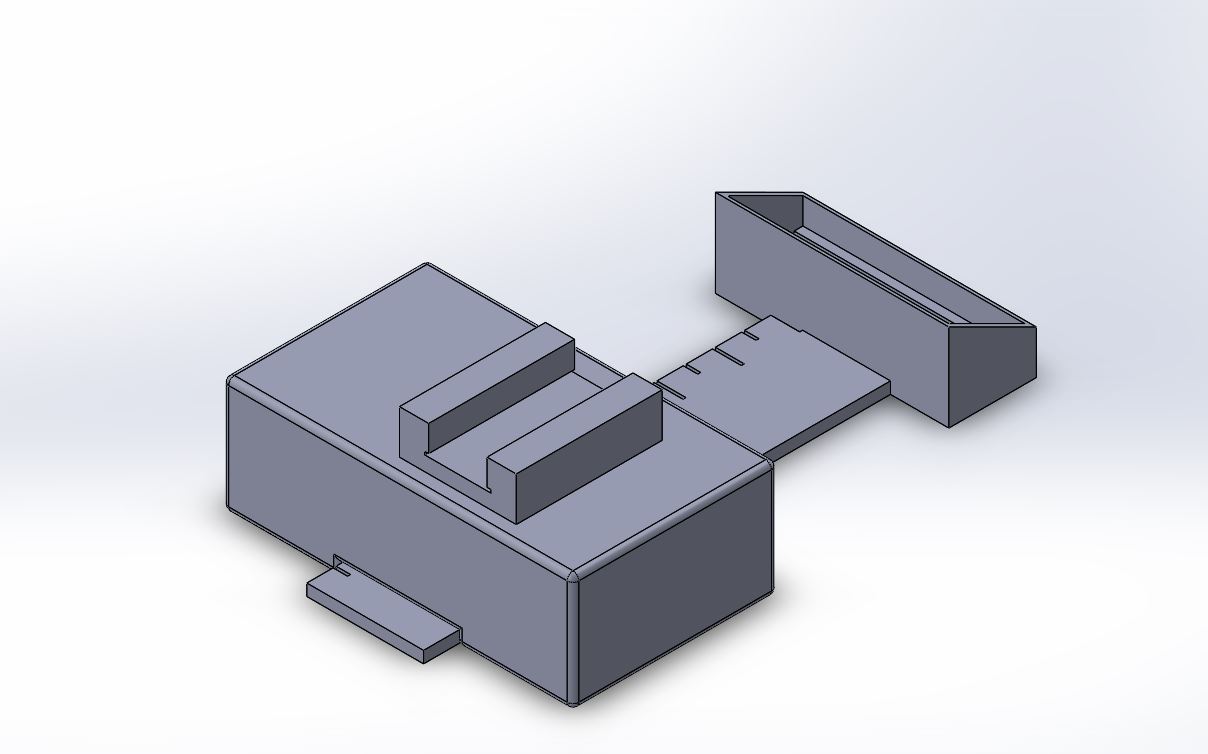BME100 f2017:Group6 W1030 L6 delete this page
| Home People Lab Write-Up 1 | Lab Write-Up 2 | Lab Write-Up 3 Lab Write-Up 4 | Lab Write-Up 5 | Lab Write-Up 6 Course Logistics For Instructors Photos Wiki Editing Help | ||||
|
OUR COMPANY
Our Brand Name LAB 6 WRITE-UPBayesian StatisticsOverview of the Original Diagnosis System
What Bayes Statistics Imply about This Diagnostic Approach
Calculation 3 shows the probability that the person has the disease given that the PCR final test conclusion is positive. This number is close to .5. Calculation 4 shows the probability that the person does not have the disease given that the PCR final test conclusion is negative. This number is close to 1.0. The reliability of the person having the disease given that it is positive can be concluded as not very reliable. However, the probability that the person does not have the disease given that the PCR is negative can be concluded as fairly reliable.
From the very beginning, sources of error could be found during the micropippeting of the samples into the buffer. In the midst of transferring the patient samples, some liquid could have been left over in the tube, affecting the results somehow. Another source of error could be the contamination of the sample by accidentally placing the next set of samples on a section of the slide that has already been used. Thirdly, the SBYR Green could have lost its effectiveness by being exposed too much to the light. During the lab, the tube containing the SBYR green was covered in tin foil, which may not have been sufficient enough to protect the chemical. Intro to Computer-Aided Design3D Modeling
Feature 1: ConsumablesOur product's consumables kit includes the following standard materials PCR mix Feature 2: Hardware - PCR Machine & FluorimeterOur group felt that the current weakness in the PCR machine and fluorimeter were human error using the equipment rather then the equipment and software itself. To improve the fluorimeter we created a more user friendly design to keep measurements consistent. An essential part of any lab is being able to document every single change that is implemented in the experiment. Proper data recording is crucial in any lab. We decided to keep as much of the PCR machine and it's components standard size to keep the cost to a minimum, so everything in the consumable kit is made in standard size.
| ||||



